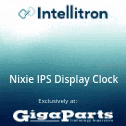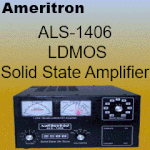Planning and Operating a Special Events Station
Discussion in 'Amateur Radio News' started by WB4AEJ, May 25, 2010.
- Thread Status:
- Not open for further replies.
Page 1 of 2
Page 1 of 2
- Thread Status:
- Not open for further replies.










